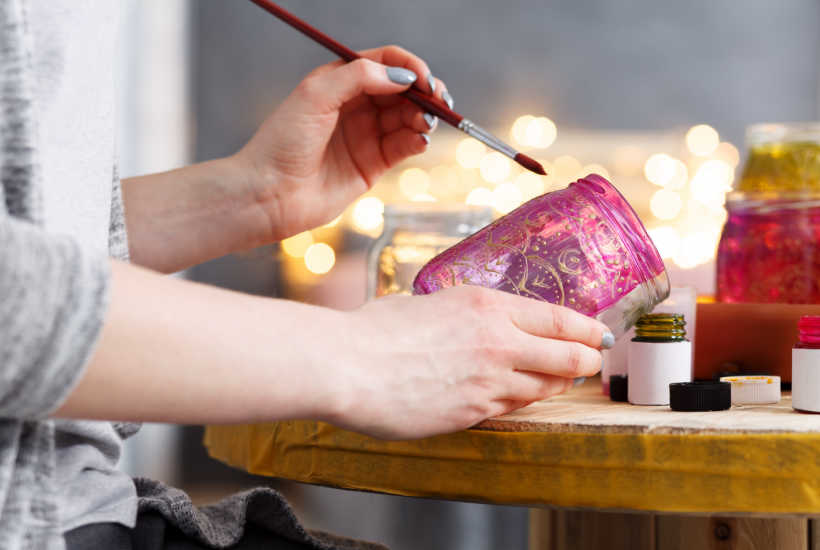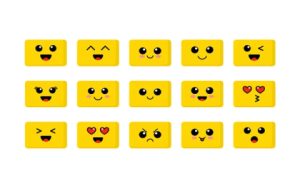Crafted works command higher prices than mass-produced items for reasons rooted in tangible and intrinsic value. Understanding these factors illuminates why the premium is justified.
1. Investment in Skilled Labor & Time
Handcrafting requires significant time and expertise. Unlike machines operating at speed, skilled artisans meticulously shape materials through deliberate actions. This dedication translates directly into labor cost. Training takes years, and the complexity, precision, and physical effort involved in each unique piece demand fair compensation.
2. Premium Quality Materials
Crafters prioritize exceptional materials, often sourced sustainably or locally. They select based on:

- Superiority: Choosing hardwoods, full-grain leather, fine yarns, or non-toxic finishes over cheaper, mass-market alternatives.
- Origin & Ethics: Opting for traceable, responsibly harvested, or recycled materials, which typically cost more but align with values.
- Specific Function: Selecting materials tailored to the item's purpose for optimal performance and longevity.
3. Uniqueness & Limited Production
Handmade items are inherently unique or produced in small batches. Factors contributing to exclusivity include:
- Minor Variations: Natural materials and hand processes ensure no two pieces are identical, adding character.
- Small Batch Scale: Artisans lack economies of scale; costs per unit are naturally higher.
- Customization: Offering bespoke options demands extra design and production time.
This scarcity contrasts sharply with the uniformity and vast quantities of factory outputs.
4. Exceptional Durability & Timelessness
Crafted goods are built to endure. Artisans focus on:
- Robust Construction: Employing proven techniques (dovetail joints, hand-stitching) that outlast mass-production methods.
- Repairability: Designing for potential restoration extends lifespan significantly.
- Classic Design: Often favoring timeless aesthetics over fleeting trends, ensuring lasting value.
The higher initial cost amortizes over decades, often making it cost-effective long-term.
5. Intangible Value & Provenance
Craftsmanship carries meaning beyond the physical object, adding profound value:

- Human Connection: Buying directly connects the user to the maker's story and dedication.
- Cultural Heritage: Preserves traditional skills and supports local economies and small businesses.
- Emotional Resonance: Owners experience pride, connection, and appreciation for the human effort and narrative behind the piece.
This emotional and cultural significance differentiates crafted works profoundly from anonymous factory goods.






